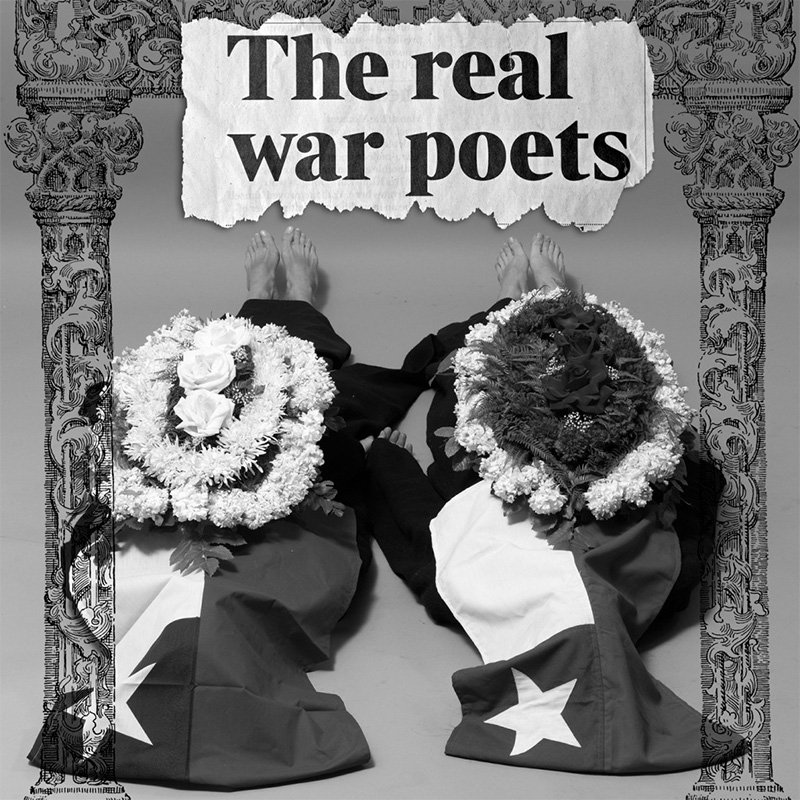The concept of the border becomes a polysemic reality, since many definitions and ways of understanding the term come to mind, like conceptions or worldviews. A border is a social transfer between two cultures. Restricted to the political sphere, this term refers to a region or strip of land, but in reality it refers to an imaginary concept. Originally the word ‘border’ had a military connotation, since it made reference to ‘the battle front’. Borders are characterized by high security surveillance, in order to avoid en mass immigration, drug entry, excess merchandise, etc. Socio-cultural borders are generic in their extreme abstraction. Regardless of the abstraction and subjectivity that characterizes them, socio-cultural borders manage to stay fixed through the interaction of different communities and other entities that wish to be apart. The consciousness of a community includes the perception of its borders; for its existence these limits do no necessarily have to be marked on land or maps – they are forever in their minds. The border separates “us” from “them” and in defining the other we simultaneously define ourselves (Kavanagh, W; Barcelona, 1994; p. 7). In this sense borders stop being static elements, as Douglas would say – walls that are erected, defend and attack; to create bridges of and in transition, in spaces of cross culture, open to processes of hybridization culture, highly mobile whose borders are diffuse and which allow zones of diverse social, cultural, economic, and political systems to mutually interpenetrate in a special way. (Douglas, William; Barcelona, 1994; p. 45).
The horizon of events refers to a hyper border of space-time, since the events that occur on one side of it cannot affect an observer situated on the other side. This relationship does not have to be symmetric – it’s to say, if A and B are two regions of space-time in which the horizon of events divides the space, A cannot be affected by events in B, but the events in B generally are affected by the events in A. To give a clearer example, the light from one side of the horizon of events will never reach an observer situated on the other side.
he nexus between a border (identity and territory) in this project is linked to the concept of horizons of events, in which its mobility becomes the focus of analysis to understanding the process of construction of the fictional and transportable borders, in which rites, narratives, and the syncretic superimposition of those elements refer to an actual situation where the spectators of this new border, even if they are not actually affected by the events that occurs there, feel that they. In this game of similarities and differences, of inclusion and exclusion, the intention of awaking in the spectators a search to console a social and culturally responsible identity is manifested.
The construction process of the works has diverse stages: the artist selects images from the international press which are related to present themes of borders. These are then printed on cloth in large format, approximately 1.5 x 35 meters, and are then transported and placed in varying natural borders, where the artist acts out rituals; the borders, taken out of their original context, adapt to their new territory.
The action is photographed from above using the same technology that constantly guards political frontiers. This highly complex aerial device slightly distorts the perspective. After this process, the images are worked on by the artist in form of collage and montage, and the image originally printed on the cloth regains its central role but from a new border; thus a fictional universe of mobile and transportable boundaries is created. This unstructured attitude recalls the playful activity which R. Caillois denotes as ilinx: “I refer to ilinx – the Greek name of gurgling water – as every attempt to destroy for an instant the stability of perception and of inflicting on playful consiousness a type of volumptous panic” (Cit. en Mandly, 1989:277). This project unites diverse artistic mediums, such as installation, performance, video, sculpture and photography; articulating a fiction where the central motive is the narration of performance and rituals, epic and nostalgic exploits, which took place on the borders between Argentina and Chile, captured though aerial and land images. These images were intervened through collage and montage with images from the press which related to the theme of Horizons of Border Events. They were then printed on blocks of marble and bronze structures.
This project seeks to recover a traditional way of looking at art, but with a contemporary aesthetic. EVENT HORIZON is a sustainable project which aspires to a certain level of transcendence. This is expressed in the selection of noble and lasting materials, which also recalls ancient monuments. Rituals constructed on rituals, narratives constructed on narratives, these projects call for a return to art as meaningful ritual. It does this appealing to contemporary methods and codes which highlight the emotional aspect of the work. The aesthetic attitude, or “aesthetic manner of contemplating the world”, understanding in a visual way what Kant aimed to explain in his Critique of Pure Reason (1790) when he described an “endless finality”, is generally opposed to the <em>practical</em> attitude. One has to savour the experience of perceiving the landscape, emphasising its perceptive details, instead of using the object as a medium to achieve something else.










